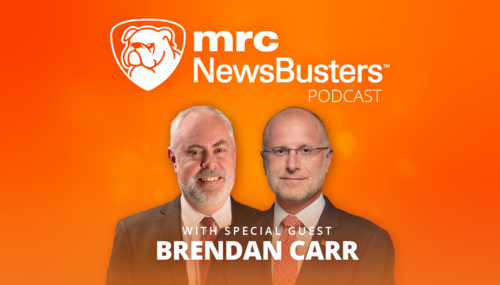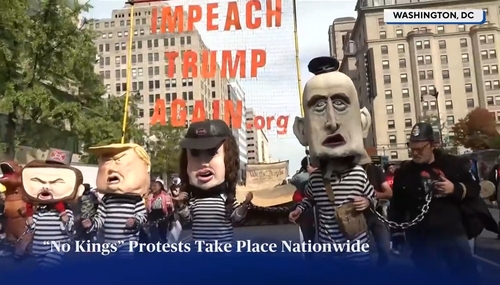 The mainstream media are having a field day with the Republican National Committee spending contributor dollars for "meals" at a risqué Hollywood night spot. Washington Post columnist Dana Milbank joins in the fun with today's "RNC spends nearly $2,000 at sex-themed Voyeur nightclub." He provides titillating details of what transpires in that joint, and then attempts a quick rewrite of history with, "And Al Gore got in trouble for going to a Buddhist temple?"
The mainstream media are having a field day with the Republican National Committee spending contributor dollars for "meals" at a risqué Hollywood night spot. Washington Post columnist Dana Milbank joins in the fun with today's "RNC spends nearly $2,000 at sex-themed Voyeur nightclub." He provides titillating details of what transpires in that joint, and then attempts a quick rewrite of history with, "And Al Gore got in trouble for going to a Buddhist temple?"That's seriously misleading. It wasn't going to a Buddhist temple in April of 1996 that got Gore into trouble. It was lying about illegally raising money there that raised questions and generated skepticism about Gore's truthfulness. And, in the end, he didn't really get into any serious trouble at all. As reported by the New York Times in August, 2000:
For the third time, Attorney General Janet Reno brushed off the advice of senior advisers and declined to intensify an investigation into Vice President Al Gore's fundraising activities in 1996.Sure, Gore was subjected to some ridicule. According to Time Magazine in November, 1996:
She said she would not appoint a special prosecutor to investigate Mr. Gore's sworn statements that neither his appearance at a Buddhist temple in California in 1986 nor his attendance at several White House coffee sessions were fundraisers.
Vice President Al Gore claims to have been entirely unaware that an April luncheon he attended at a Buddhist temple in California was an illegal fund raiser. With a face as straight as only his can be, Gore said in a radio interview last week that he thought the function, organized by Huang and the D.N.C., was a "community-outreach" event. More observant guests, however, have said it was plain to them that what was reaching out was an open palm. Attendees included deep-pocketed members of the local Asian-American community. The D.N.C. says it collected $140,000.
In 1998, Milbank's own Washington Post carried the executive summary of the final report of the Senate Governmental Affairs Committee's "Investigation on Illegal or Improper Activities in Connection With The 1996 Federal Election Campaigns." That included this:
Despite his repeated, albeit inconsistent, denials, it is reasonable to conclude that the Vice President was well aware that the Temple event was for the purpose of raising money. The event was organized by Huang and Hsia, who had longstanding relationships with Vice President Gore that revolved almost entirely around campaign fundraising. More specifically, in the weeks prior to his Temple visit, Vice President Gore was repeatedly reminded that the April 29 luncheon was a fundraiser and was even meticulously informed by Ickes of the DNC's "projected revenue" for the event. The Vice President received the last of these notifications of the April 29 lunch's "projected revenue" only 24 hours before he received his briefing notes for the Temple lunchDespite the evidence, Gore escaped prosecution with a little help from his friends. Merely "going to a Buddhist temple" doesn't begin to cover what he actually did.
The Vice President's staff also knew that the Temple event was a fundraiser. In March 1996, Deputy Chief of Staff David Strauss had helped arrange a meeting in the White House with the head of the Temple, Master Hsing Yun – a meeting which Strauss believed would "lead to a lot of $." The White House staff repeatedly referred to the event as a "fundraiser" in internal correspondence, and assigned to it a "ticket price" of "1000-5000 [dollars per] head."




